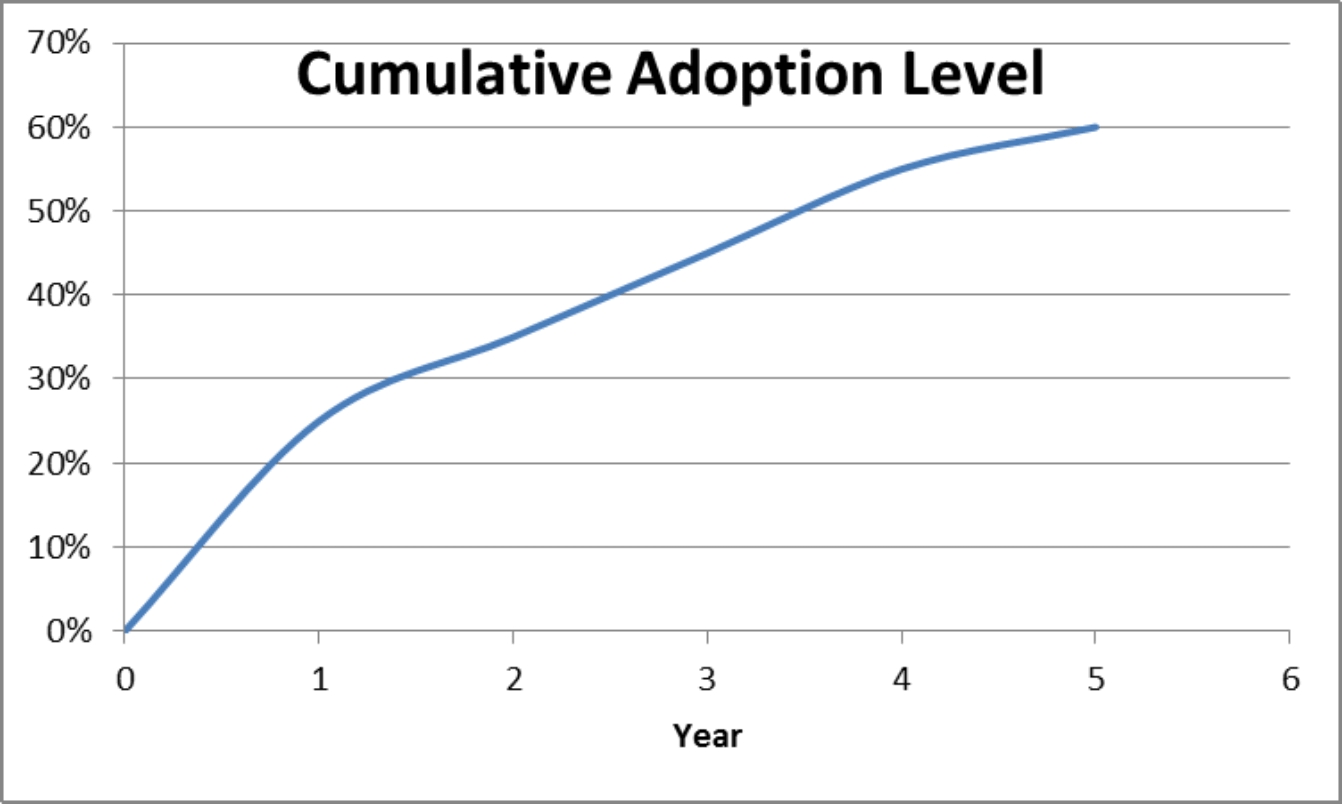
Surprisingly, to me that is, it has been a long time since I wrote, or ranted, about the virtues and ignorance of those who think energy studies – audits, feasibility studies, assessments, – are a waste of time and money. This is your lucky day because I have a large, multi-year evaluation of a NYSERDA audit program that proves my point.
The classic Neanderthal mindset is that doing energy studies for end users is a waste of money as they simply serve as shelf and desk clutter, and get tossed when the owner of the study moves to a different office or leaves the company. Fresh data prove otherwise.
First, as advertised, energy studies are planning tools, not cookbooks. Planning tools are like well developed college curricula. Take specific courses, mostly in a specific order, and in the end you will win a prize. Along the way a student may do well in calculus but hit a granite wall in statics – did you get that? That’s statics – as in things that do not, or at least should not, move. I think everyone knows what a cookbook is, but I will add specific context – describes step by step what to do.

Since energy studies are like curricula, they take years to be fully executed, and this is precisely what the NYSERDA evaluation demonstrated. Ironically, the uptake of identified measures follows that of a college curriculum. The metric used was source Btu of energy saved by year over a course of about 10 years. Source Btu, either burning fossil fuels at the end-user site or burning fossil fuels, or fissioning nuclear fuel at the power plant, results in a relatively level value for all forms of energy consumed at the customer site. Measure adoption in the years that follow are plotted in the chart nearby.
See – it’s just like college. Everything that needs to be learned should be absorbed in the first 4-5 years, and in engineering school, this was precisely the case for me. I could have skipped the last semester because there wasn’t much to chew on in the last couple elective courses and fluff courses I needed to graduate – but it was a good formula for having a great time. The chart also demonstrates the folly of the career student on the 6-7 year plan. Both energy savings from measures identified in studies and useful knowledge added to college-student brains taper off to a trickle after five years.
This is where successful energy efficiency portfolios will be going in coming years. Others will keep doing what they’ve always done, which is throw money at people for buying stuff that not long from now will be all that’s available. It’s just like another rant I’ll have to write some day – give me an engineering degree and 20 years of energy efficiency expertise in one day. This is what some end users have wanted from us. “Just tell us what to do and we can do it ourselves.” It doesn’t work that way.

Portfolio managers need to get these plans going with hundreds or even thousands of customers. You need a plan, and in this case the plan is hundreds of “little” plans. In several years these little plans will grow into an orchard of apple trees with nice fat apples. Then cycle through another round of plans and trees so there are fat apples when those burn out. Meanwhile, Neanderthal keeps picking from the 20 year old dying tree with crappy little wormy apples.
Just last month we were meeting with planners for a large utility DSM portfolio. This was a utility that has been running a portfolio for barely 4 years. He said [paraphrasing], “we need to move away from short term measures and into longer term audit based and planning programs.” Whoa! Progress!
Recall that last week I picked apart the Portman-Sheehan plan, and in particular the part where the government was going to make supply chains more efficient. It is to laugh. As I said they won’t be able to stay in the same decade as the private sector’s own innovation in this area. Just last week, after my post, The Wall Street Journal published Soap Opera: Amazon Moves In With P&G – as in Proctor and Gamble makers of everything that can fill your medicine cabinet and bathroom closet. The gist of the story: Amazon is building on / moving in to P&G factories and shipping directly from there to customers without wasting time and energy to ship to its distribution centers. Brick and mortars hate it. Don’t expect them to sit still.





